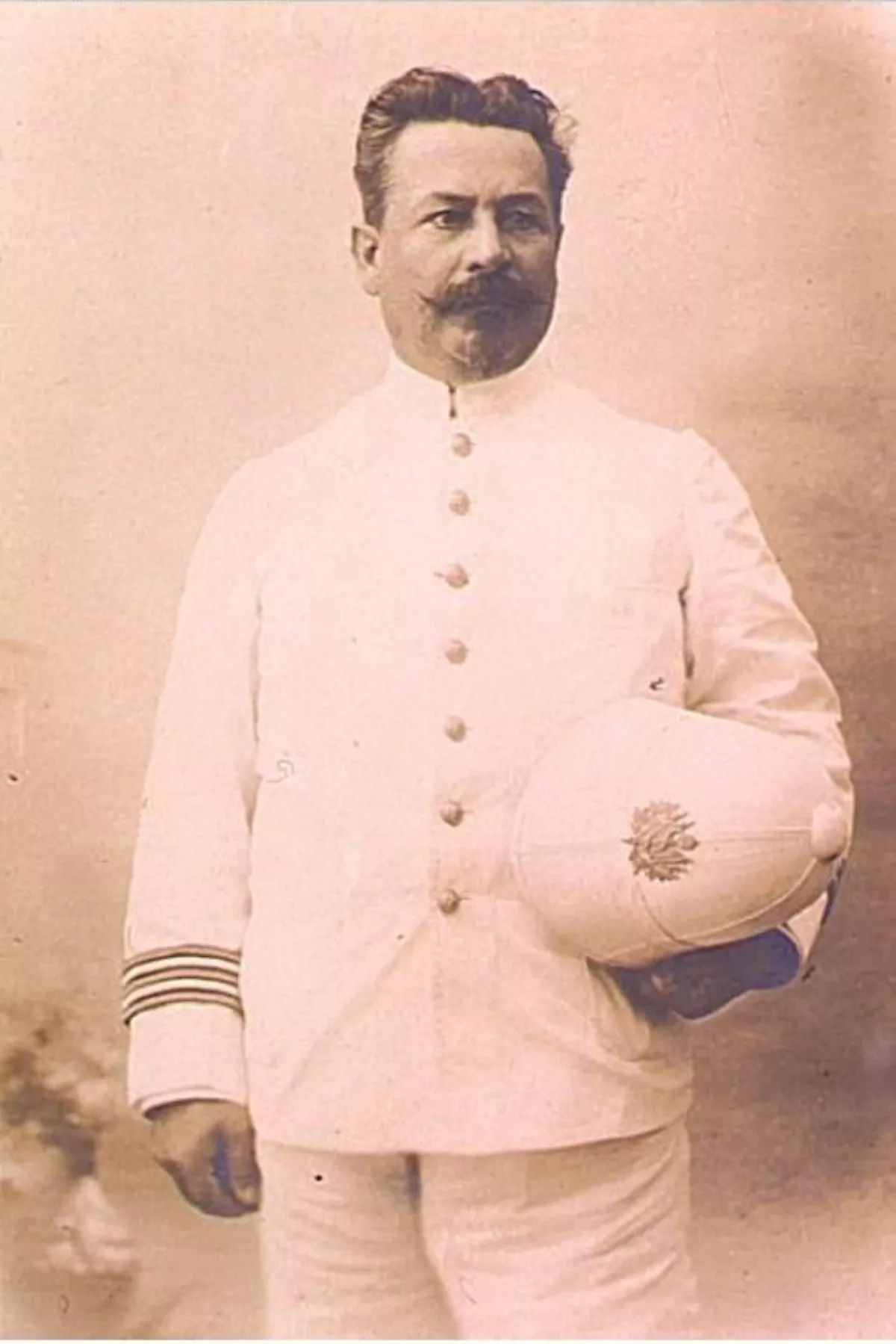 1.
1. Paul-Louis Simond was a French physician, chief medical officer and biologist whose major contribution to science was his demonstration that the intermediates in the transmission of bubonic plague from rats to humans are the fleas Xenopsylla cheopis that dwell on infected rats.